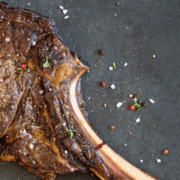Mechanical energy is present everywhere. From the swinging of a baseball bat and hitting a ball to the Moon orbiting the Earth, everything is a form of mechanical energy.
So, do you want to know how this energy works and how we can conserve it? Let’s explore.
Contents
Things To Know About Mechanical Energy
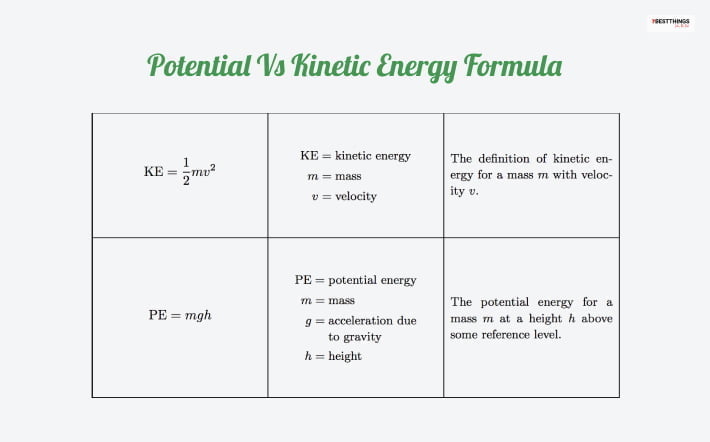
Despite being a technical term, mechanical energy is not something limited to science discussions and implementations only. It is very much a part of our everyday life.
In fact, every living entity on the Earth uses this energy. Here, I have shared the 7 most asked questions about mechanical energy and have tried finding the answers to them.
What Is Mechanical Energy?

Mechanical energy is the cumulation of kinetic energy and potential energy of an object or living entity. When we do some tasks or activities, these two energies gather together. James Prescott Joule discovered mechanical energy.
The potential energy of an object is the energy it has because of its position, the chemical form it is in, or its condition.
The kinetic energy of an object, however, comes from motion.
So, when an object is at a certain position that is relative to the surface and/or has motion, it will have mechanical energy.
When you see a baseball in motion, it has mechanical energy because it is in motion (kinetic energy) and is at a certain vertical position with respect to the ground.
From living things to inert objects, everything can produce mechanical energy. Further, an object, irrespective of its solid, liquid, or gas state, can have mechanical energy.
What Is Mechanical Energy Equation?
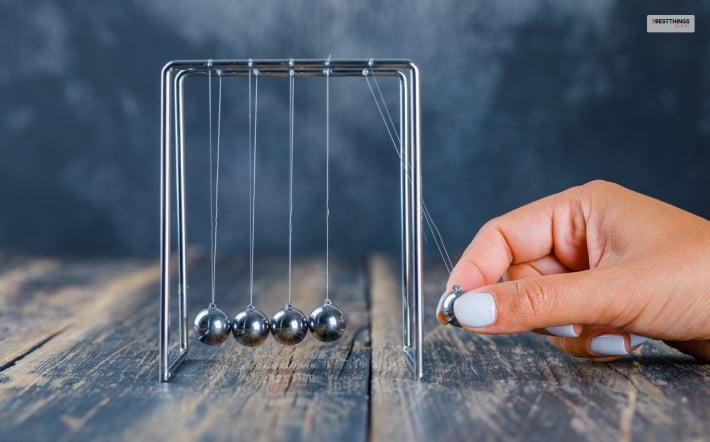
The total mechanical energy formula is M.E = K. E + P.E (Mechanical Energy + Kinetic Energy)
Now, the kinetic energy formula is K.E. = 1/2×m×v2
And, the potential energy formula is P.E = m×g×h
So, mechanical energy (ME) is = 1/2×m×v2+m×g×h.***
***m = mass of the object, g = acceleration due to gravity, h = height position, and v = the velocity of the object.
What Are The Forms Of Mechanical Energy?
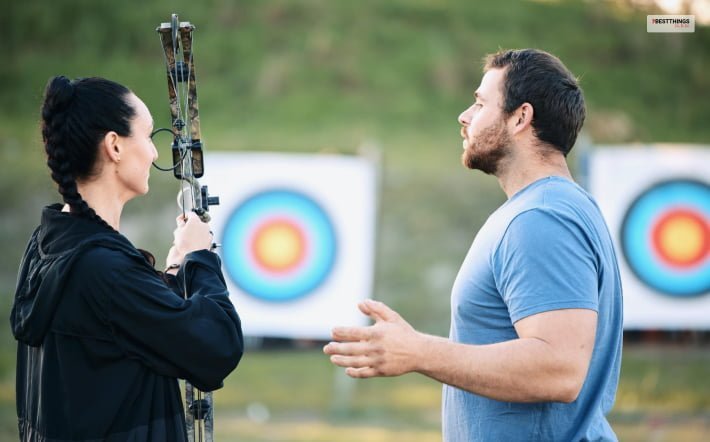
Kinetic energy, gravitational potential energy, and elastic potential energy are the three forms of mechanical energy.
Gravitation potential energy is the energy an object has when it is in a gravitational space, and it changes its position.
Suppose you have an elastic object. If you put force on it to deform it, the object will have elastic potential energy. The elastic potential energy remains there until you cease the force application, and the elastic thing comes back to its position.
What Is An Example Of Mechanical Energy?
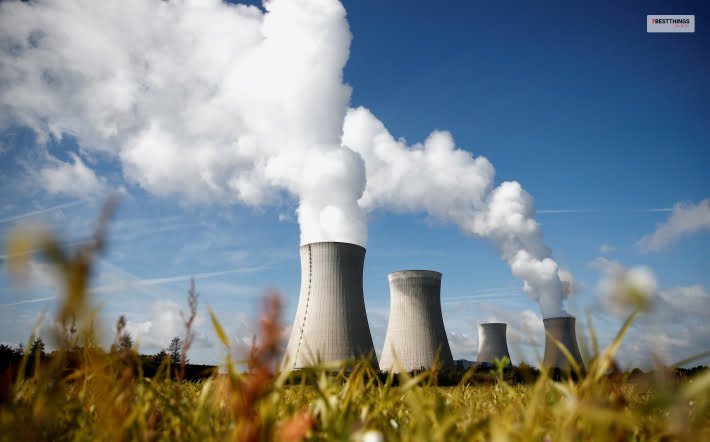
There are many examples of mechanical energy if we look around. Suppose, a child kicks a ball. It will keep moving and maintain a height from the ground. Thus, it will have mechanical energy.
Further, if you look at the journey of the ball from the time when it’s kicked to the time when it reaches a point, you will understand the concept better.
- First, the child kicks the ball.
- Then, it travels through the air. At this point, it has the energy of the motion.
- Next, the ball travels toward the ground, and here, the gravitational force is at play.
- Now, it bounces against the ground and reaches a certain position. Here, you will see gravitational potential energy.
- Finally, the ball becomes still.
Similarly, you will see examples of mechanical energy when a plane takes off from the runway or frictional force is applied when it’s about to stop on the runway.
Is Mechanical Energy Kinetic Or Potential?

As mentioned before, mechanical energy is the cumulation of kinetic energy and potential energy. Mechanical conversion will always happen based on the amount of potential energy a certain object has and how much kinetic energy it can produce.
So, the position (potential energy) and motion (kinetic energy) are both crucial when it comes to mechanical energy.
Have you taken a roller coaster ride? It has the maximum gravitational potential energy when it’s at the peak near the ride’s beginning. The higher the roller coaster goes, the greater potential energy it stores.
Then, it uses its kinetic energy while ascending to the ground. As it moves down and its kinetic energy increases, its potential energy becomes lesser.
The roller coaster then uses its power to propel the cars in the ride.
Here, you must make a note of one thing. All other types of energy can be either potential or kinetic. They can never be both at the same time.
However, mechanical energy is an exception in this context because it can combine both energies.
How Mechanical Energy Produce Power?
If we talk about renewable energy, mechanical energy has a crucial role to play. In other words, many types of renewable energy rely on mechanical energy to produce power.
Two of the most prominent examples of the use of mechanical energy in producing power are hydropower and wind energy.
Watch this video to learn how mechanical energy is used to make hydroelectric power at home.
Can Mechanical Energy Be Conserved?
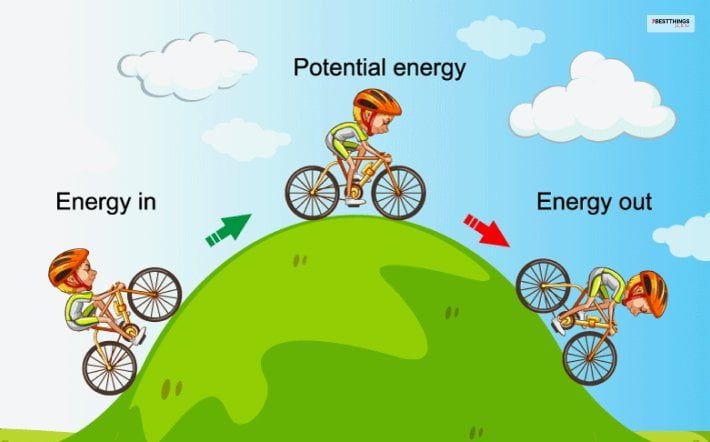
Yes, mechanical energy can be conserved. Conservation is also important to primarily avoid the following scenarios. If we are not conserving the mechanical power,
- It will get diminished with use.
- It will get transformed into another form of energy thanks to conversion.
Anyway, we cannot stop a certain amount of energy loss. However, through conservation, we can make the optimum utilization of the energy.
Summing Up
I hope that you now have a basic idea about what mechanical energy is, its examples, and its usage. To sum up, mechanical energy is present everywhere, and it is the accumulation of kinetic energy and potential energy.
Further, it is the only form of energy where the potential energy and mechanical energy are at work at the same time.
This energy can be stored, and it can be converted to other forms of energy. You can produce power and make many practical applications using mechanical energy.
Do you want to share more insight on this energy and how it is present in our lives? We would love to hear from you.
Also Read








